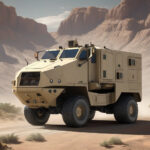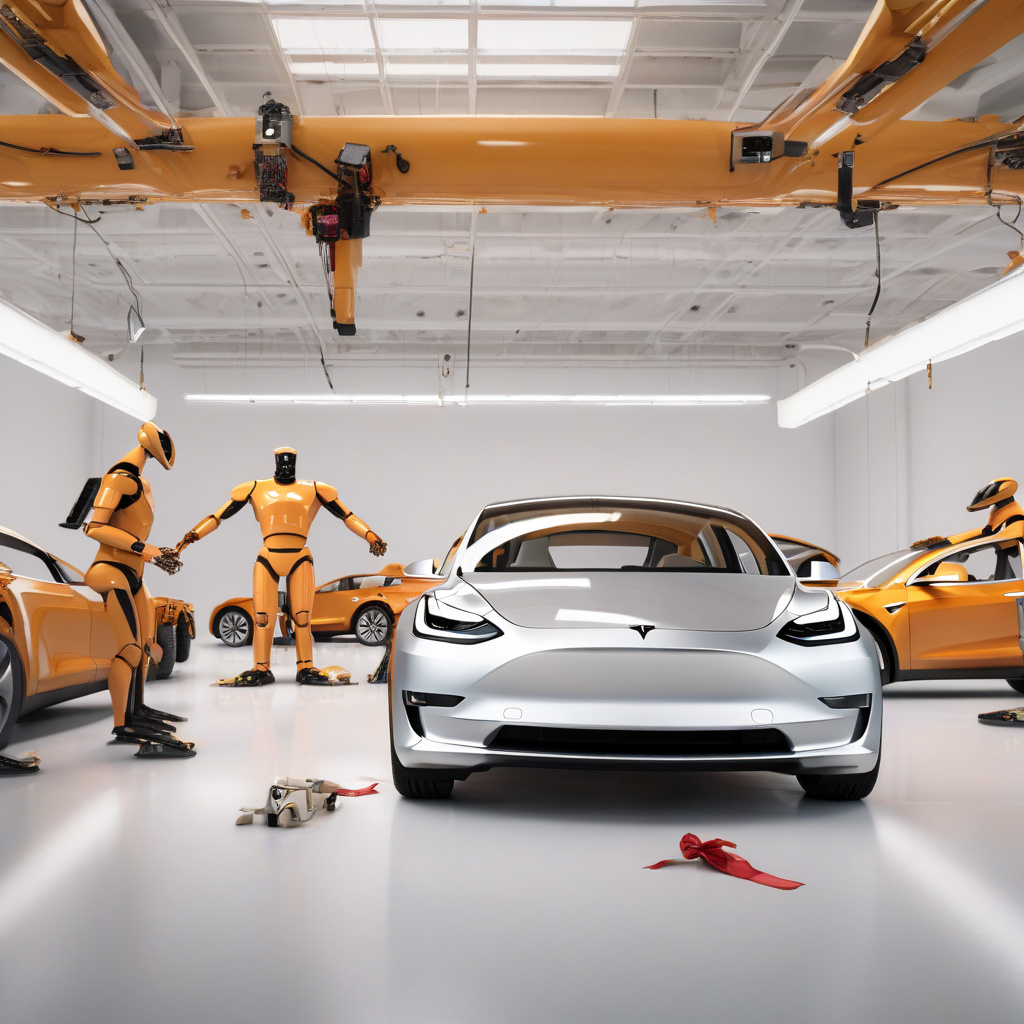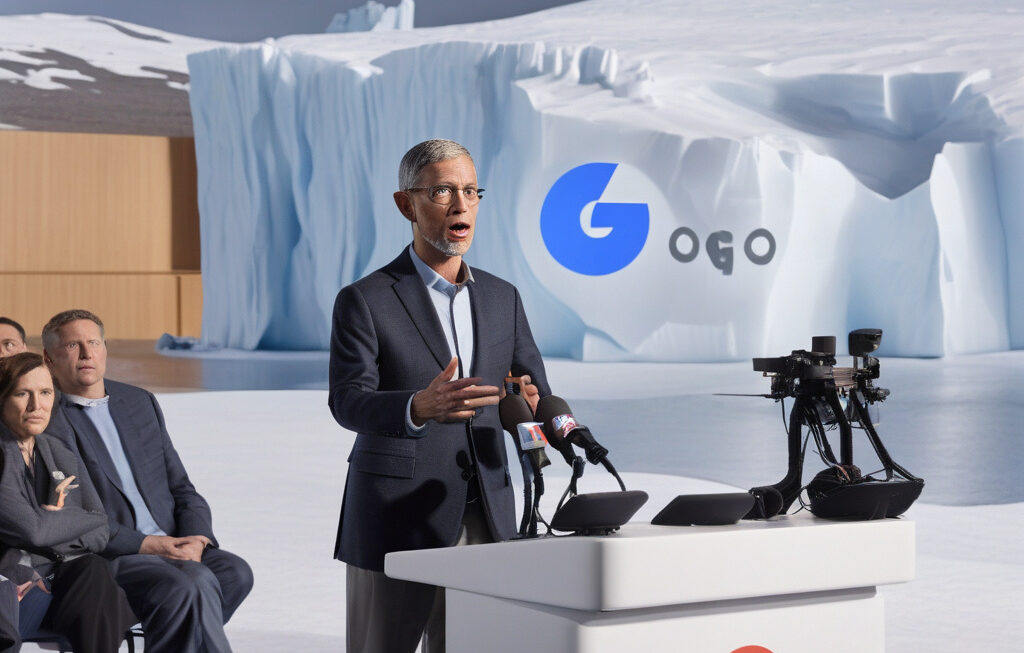When Technology Goes Awry: Self-Driving Tesla’s Safety Test Mishap
Tesla plans to deploy a small fleet of robotaxis in Austin in the coming weeks, marking another leap forward in the realm of autonomous driving. However, a recent incident where a self-driving Tesla plowed into a dummy it identified as a pedestrian during a safety test serves as a stark reminder of the challenges and risks associated with this ever-evolving technology.
The safety test, designed to assess the vehicle’s ability to detect and respond to pedestrians in various scenarios, took a unexpected turn when the self-driving Tesla misidentified a dummy as a pedestrian and failed to apply the brakes in time to avoid a collision. While no one was hurt in the incident, it raises questions about the reliability and accuracy of autonomous driving systems, particularly in complex and unpredictable environments.
This mishap underscores the importance of rigorous testing and validation procedures before autonomous vehicles are deployed on public roads. Companies like Tesla must ensure that their self-driving systems are not only capable of handling routine driving tasks but also equipped to handle unexpected situations with precision and accuracy.
Despite this setback, it is crucial to acknowledge the progress that has been made in the field of autonomous driving. Tesla, along with other automakers and tech companies, has made significant advancements in developing self-driving technology that has the potential to enhance road safety, reduce traffic congestion, and provide greater mobility for individuals with disabilities or limited access to transportation.
However, incidents like the one during the safety test serve as a reality check, reminding us that autonomous driving is still a work in progress and that there are inherent limitations and challenges that need to be addressed. From improving object recognition algorithms to enhancing decision-making capabilities in complex scenarios, there is still much work to be done to ensure the safe and reliable integration of autonomous vehicles into our transportation system.
As we move forward with the development and deployment of autonomous driving technology, it is essential for companies like Tesla to prioritize safety and transparency. Clear communication about the capabilities and limitations of self-driving systems, as well as ongoing testing and validation efforts, are key to building trust with regulators, consumers, and the general public.
In conclusion, while the recent incident involving a self-driving Tesla may give pause to the rapid advancement of autonomous driving technology, it should also serve as a catalyst for greater diligence and caution in the development and deployment of these systems. By learning from such mishaps and continuously improving the technology, we can pave the way for a future where autonomous vehicles coexist safely and seamlessly with human drivers on the road.
self-driving, Tesla, safety test, autonomous vehicles, technology evolution












